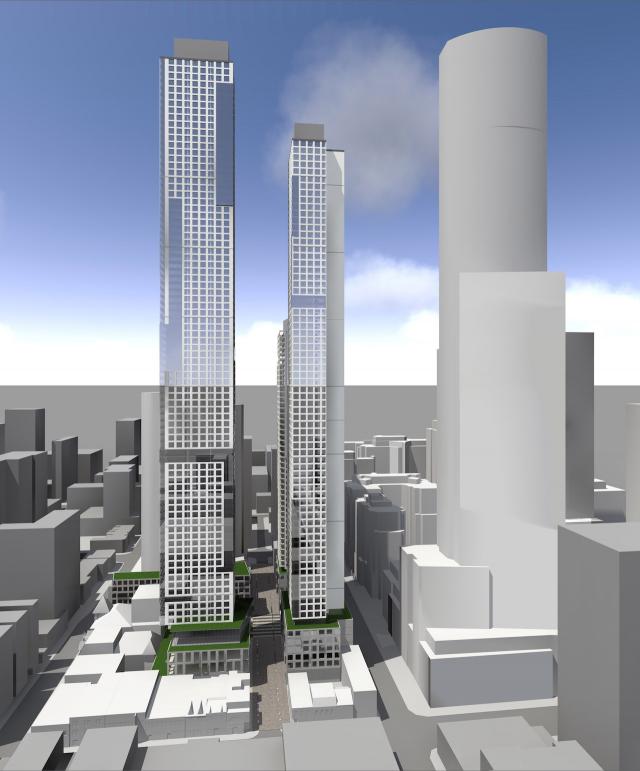AlvinofDiaspar
Moderator
Also, you're not the first person to draw comparisons between Toronto and Barcelona or Paris. Here's an insightful article that you might learn something from: http://torontoist.com/2015/06/public-works-what-toronto-can-learn-from-barcelona
I do take issues with the Torontoist article on Barcelona - the learnings they have drawn are rather peripheral - "What sets Barcelona apart is that it does a lot of seemingly small things very well" - okay, wi-fi, bike lanes, subway signage and whatnot, really? Is that what made Barcelona "great"? Not the unique, versatile blocks in Eixample, the human scaled urban form? The generally high and distributed density? It doesn't acknowledge the fundamentally different path that the city had taken, and one'd hope the learnings are deeper than that. Not to say that one need to slavishly follow, but theirs is an example that kind of poke eyes at our ultra-density by 2s neighbourhood model. The closest thing we have to it is probably St. Lawrence (and more loosely, the waterfront developments)
And of course - the answer is offered in the comments section:
The Places to Grow Act doesn't mandate high-rises in downtown areas. It does mandate that a high percentage of growth be within existign urban boundaries. In practical terms, that means either small pockets of high-rises, or extensive amounts of mid-rises.... and which do you think is easier for developers, planners, and politicians to make happen?
http://torontoist.com/2015/06/public-works-what-toronto-can-learn-from-barcelona/#comment-2058169323
AoD
Last edited:


